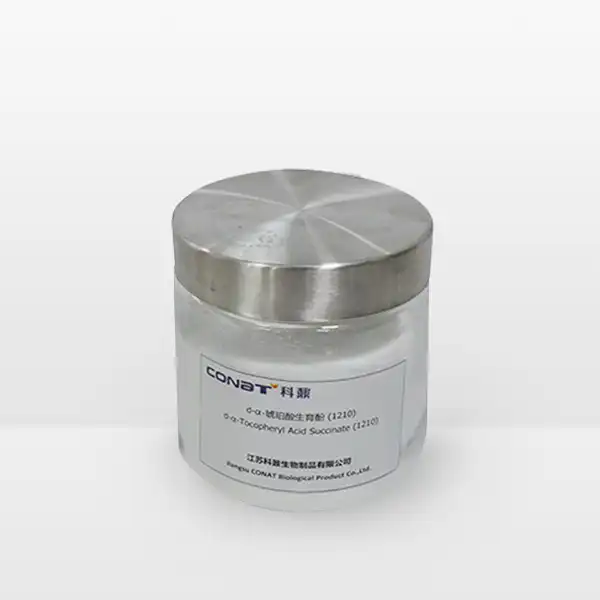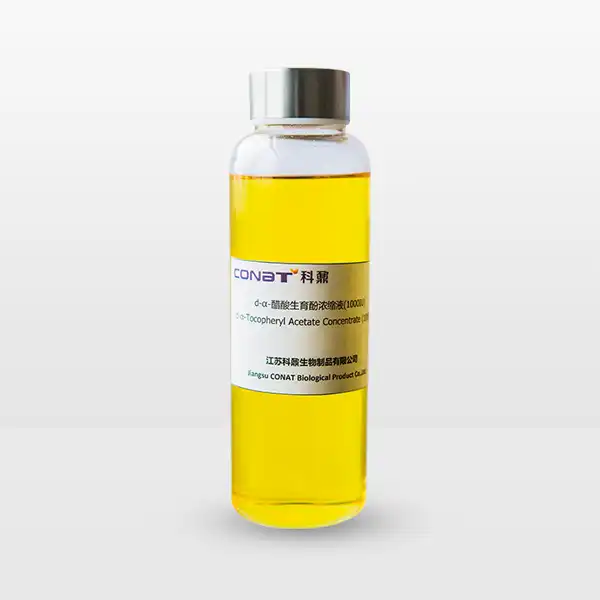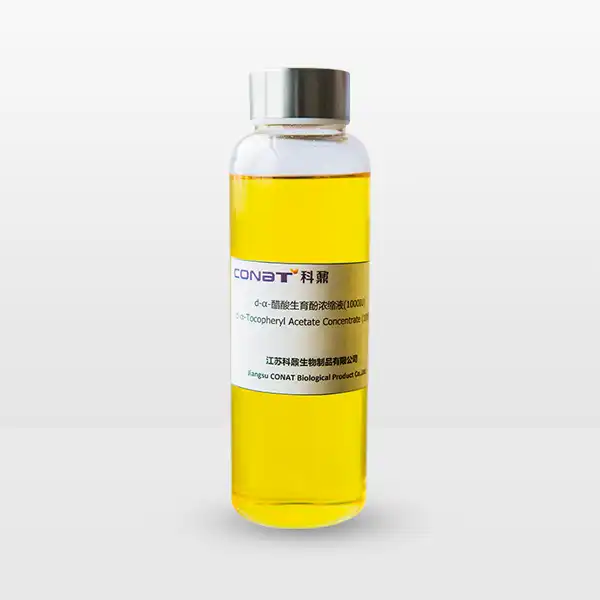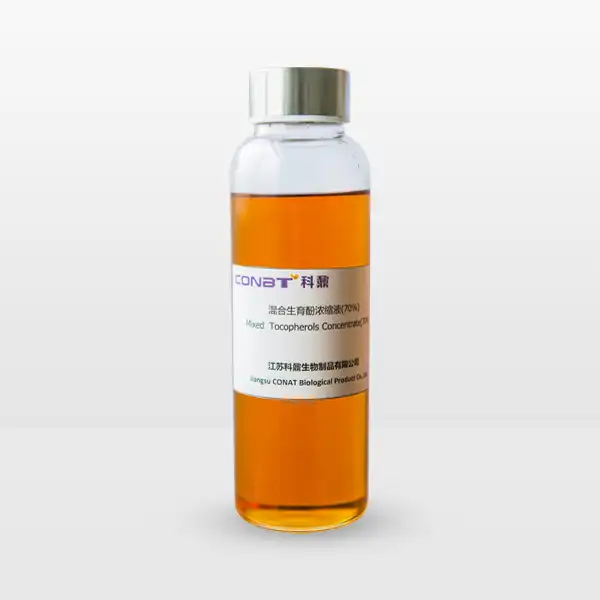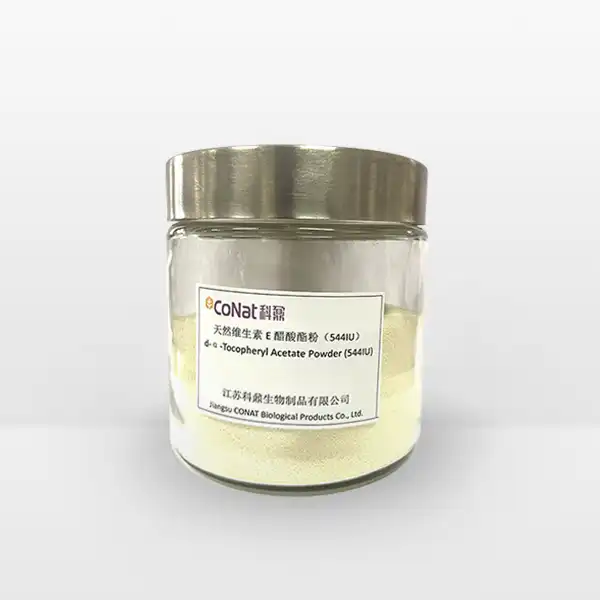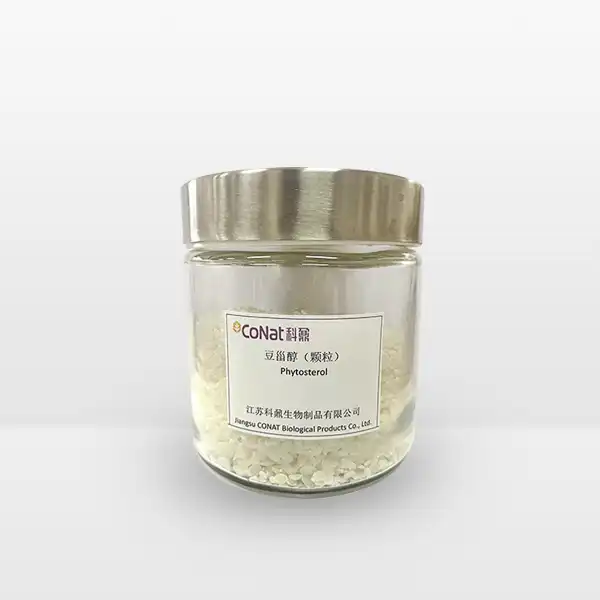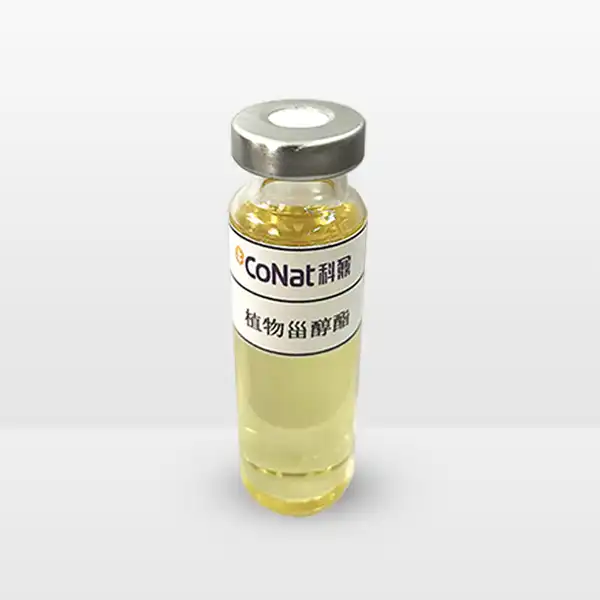- English
- French
- German
- Portuguese
- Spanish
- Russian
- Japanese
- Korean
- Arabic
- Greek
- German
- Turkish
- Italian
- Danish
- Romanian
- Indonesian
- Czech
- Afrikaans
- Swedish
- Polish
- Basque
- Catalan
- Esperanto
- Hindi
- Lao
- Albanian
- Amharic
- Armenian
- Azerbaijani
- Belarusian
- Bengali
- Bosnian
- Bulgarian
- Cebuano
- Chichewa
- Corsican
- Croatian
- Dutch
- Estonian
- Filipino
- Finnish
- Frisian
- Galician
- Georgian
- Gujarati
- Haitian
- Hausa
- Hawaiian
- Hebrew
- Hmong
- Hungarian
- Icelandic
- Igbo
- Javanese
- Kannada
- Kazakh
- Khmer
- Kurdish
- Kyrgyz
- Latin
- Latvian
- Lithuanian
- Luxembou..
- Macedonian
- Malagasy
- Malay
- Malayalam
- Maltese
- Maori
- Marathi
- Mongolian
- Burmese
- Nepali
- Norwegian
- Pashto
- Persian
- Punjabi
- Serbian
- Sesotho
- Sinhala
- Slovak
- Slovenian
- Somali
- Samoan
- Scots Gaelic
- Shona
- Sindhi
- Sundanese
- Swahili
- Tajik
- Tamil
- Telugu
- Thai
- Ukrainian
- Urdu
- Uzbek
- Vietnamese
- Welsh
- Xhosa
- Yiddish
- Yoruba
- Zulu
Why Alpha Tocopherol is the Antioxidant Your Product Formulations Can't Do Without?
Alpha tocopherol, the most biologically active form of vitamin E, has emerged as an indispensable ingredient in modern product formulations. This powerful antioxidant plays a crucial role in protecting both natural and synthetic ingredients from oxidation, extending product shelf life, and delivering significant health benefits. As manufacturers face increasing pressure to create stable, effective, and clean-label products, understanding the full potential of alpha tocopherol has never been more important.
What Makes Alpha Tocopherol Different from Other Forms of Vitamin E?
Alpha tocopherol stands out among its vitamin E counterparts due to its superior antioxidant properties and biological activity. The molecule's unique structure, featuring a chromanol ring and phytyl tail, enables it to effectively neutralize free radicals and prevent oxidative damage in both oil and water-based formulations. This form of vitamin E is preferentially absorbed and retained by the human body, making it the most bioavailable option for product formulations.
The superiority of alpha tocopherol lies in its ability to maintain stability across a wide range of temperatures and pH levels, making it versatile for various applications. Unlike synthetic alternatives, natural alpha tocopherol demonstrates enhanced effectiveness in preventing rancidity and maintaining product freshness. This is particularly valuable in cosmetics, supplements, and food applications where product stability and shelf life are paramount.
When incorporated into formulations, alpha tocopherol creates a protective barrier against oxidative stress, effectively preventing the degradation of other active ingredients. This synergistic effect not only preserves the product's efficacy but also maintains its sensory qualities, including color, texture, and scent. Research has shown that products containing alpha tocopherol exhibit significantly longer shelf life compared to those without this crucial antioxidant.
How Does Alpha Tocopherol Enhance Product Stability and Shelf Life?
The role of alpha tocopherol in product stability is multifaceted and extends beyond simple antioxidant protection. When properly incorporated into formulations, it creates a comprehensive preservation system that addresses multiple aspects of product degradation. This powerful antioxidant works through several mechanisms to maintain product integrity and extend shelf life.
At the molecular level, alpha tocopherol functions as a chain-breaking antioxidant, intercepting free radicals before they can initiate or propagate oxidation chains. This process is particularly crucial in formulations containing unsaturated fatty acids, which are highly susceptible to oxidation. By donating hydrogen atoms to free radicals, alpha tocopherol effectively neutralizes these destructive molecules while remaining stable itself through resonance stabilization.
The stability-enhancing properties of alpha tocopherol are particularly evident in its ability to protect other sensitive ingredients in the formulation. It acts as a sacrificial antioxidant, preferentially oxidizing before other components, thereby preserving the integrity of active ingredients, fragrances, and essential oils. This protective effect is especially valuable in natural and clean-label products, where traditional synthetic preservatives are not desired or permitted.
Furthermore, alpha tocopherol's effectiveness in preventing lipid peroxidation makes it invaluable for oil-based formulations. It helps maintain the freshness of oils and fats, preventing the development of off-flavors, rancidity, and color changes. This is particularly important in cosmetic and personal care products, where sensory attributes are crucial for consumer acceptance.
Why Should Manufacturers Choose Natural Alpha Tocopherol Over Synthetic Alternatives?
The decision between natural and synthetic alpha tocopherol represents a critical choice for manufacturers, with natural variants offering distinct advantages that align with current market trends and consumer preferences. Natural alpha tocopherol, particularly from high-quality sources, demonstrates superior bioavailability and effectiveness compared to its synthetic counterparts.
Natural alpha tocopherol exhibits a unique stereochemistry that perfectly matches the body's biological requirements. This natural configuration ensures optimal absorption and utilization, making it more effective in both topical and internal applications. Studies have consistently shown that natural alpha tocopherol has approximately twice the biological activity of synthetic forms, providing better value and efficacy in product formulations.
In this context, Jiangsu CONAT Biological Products Co. Ltd. stands out for its exceptional natural alpha tocopherol products, characterized by key advantages that set them apart in the market. Their products feature low pesticide residues, ensuring safety and compliance with strict regulatory requirements. The low benzo[a]pyrene content demonstrates their commitment to minimizing harmful compounds, while low mineral oil content reflects their focus on purity. Additionally, their light-colored products are particularly valuable for formulations where appearance is crucial, offering superior aesthetic qualities without compromising effectiveness.
The natural sourcing and careful processing methods employed in producing natural alpha tocopherol result in a product that contains beneficial co-factors and related compounds that may enhance its effectiveness. These naturally occurring synergistic components are absent in synthetic versions, potentially limiting their overall efficacy. Moreover, natural alpha tocopherol aligns with the growing consumer demand for clean-label, naturally-derived ingredients, providing manufacturers with a marketing advantage in an increasingly competitive market.
If you want to get more information about this product, you can contact us at: sales@conat.cn.
References
1. Jensen, S. K., & Lauridsen, C. (2020). "Alpha-tocopherol stereoisomers." Vitamins and Hormones, 112, 111-133.
2. Jiang, Q. (2021). "Natural forms of vitamin E as effective agents for cancer prevention and therapy." Advanced Drug Delivery Reviews, 167, 78-89.
3. Burton, G. W., & Traber, M. G. (2019). "Vitamin E: Antioxidant activity, biokinetics, and bioavailability." Annual Review of Nutrition, 39, 345-367.
4. Wang, X., & Quinn, P. J. (2020). "The location and function of vitamin E in membranes." Molecular Membrane Biology, 37(1), 1-20.
5. Rizvi, S., et al. (2022). "The role of vitamin E in human health and some diseases." Sultan Qaboos University Medical Journal, 14(2), e157-e165.
6. Shahidi, F., & de Camargo, A. C. (2023). "Tocopherols and tocotrienols in common and emerging dietary sources: Occurrence, applications, and health benefits." International Journal of Molecular Sciences, 24(2), 458.
7. Netscher, T. (2021). "Synthesis of vitamin E." Vitamins and Hormones, 76, 155-202.
8. Brigelius-Flohé, R. (2019). "Vitamin E: The shrew waiting to be tamed." Free Radical Biology and Medicine, 66, 3-12.
9. Atkinson, J., & Manor, D. (2020). "Vitamin E recycling in neural cells." Free Radical Biology and Medicine, 152, 216-230.
10. Cook-Mills, J. M., & McCary, C. A. (2021). "Isoforms of vitamin E differentially regulate inflammation." Endocrine, Metabolic & Immune Disorders Drug Targets, 10(4), 348-366.
YOU MAY LIKE
